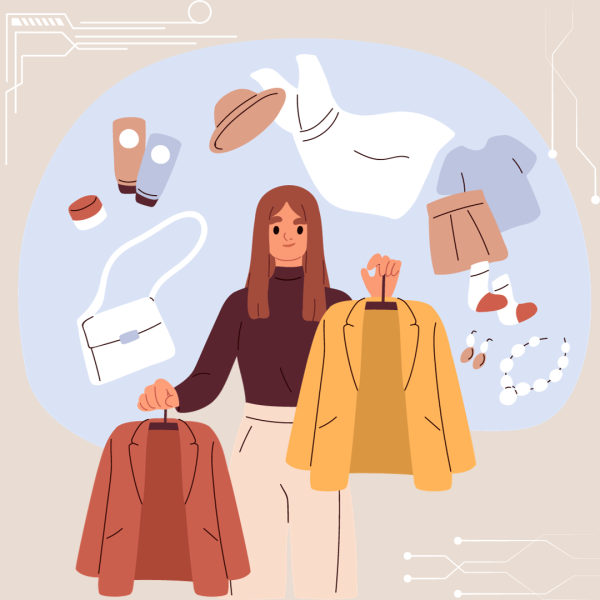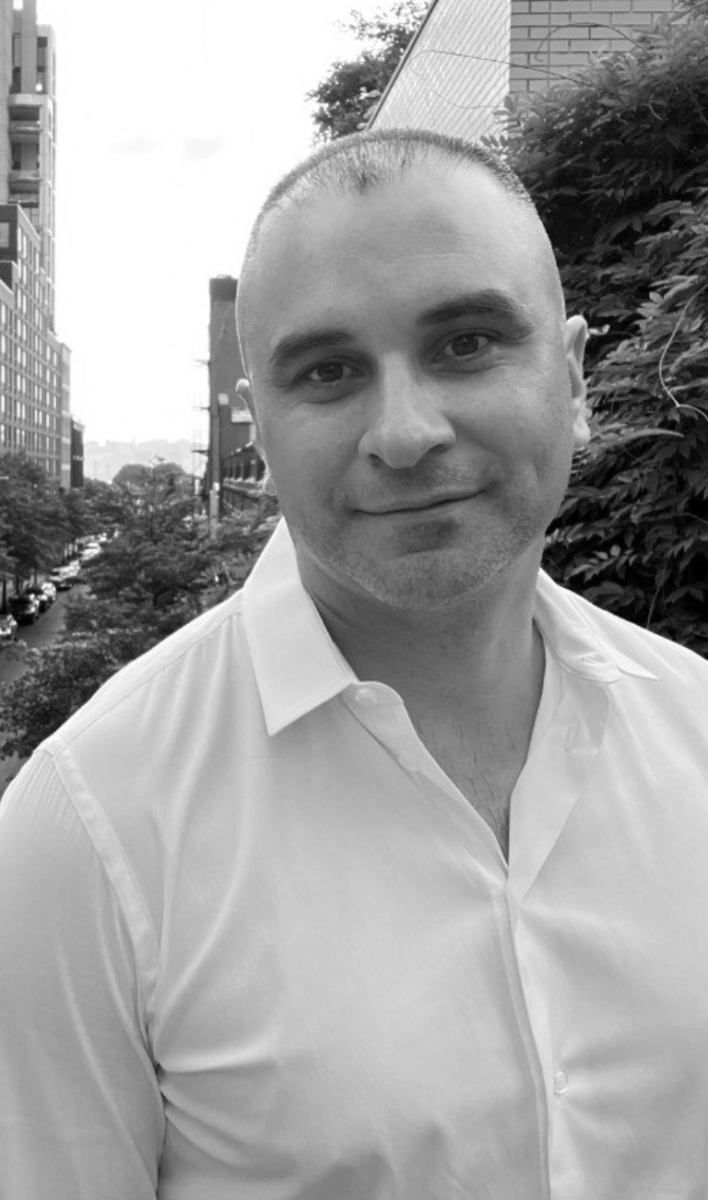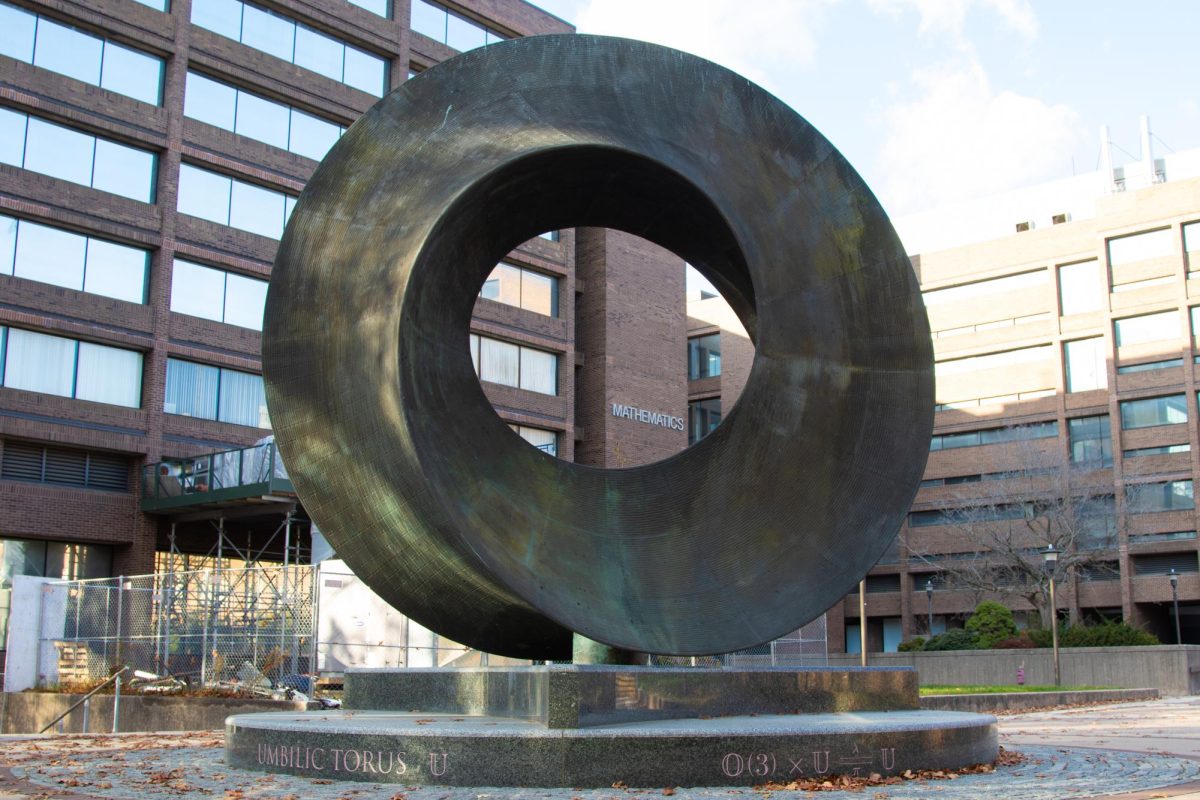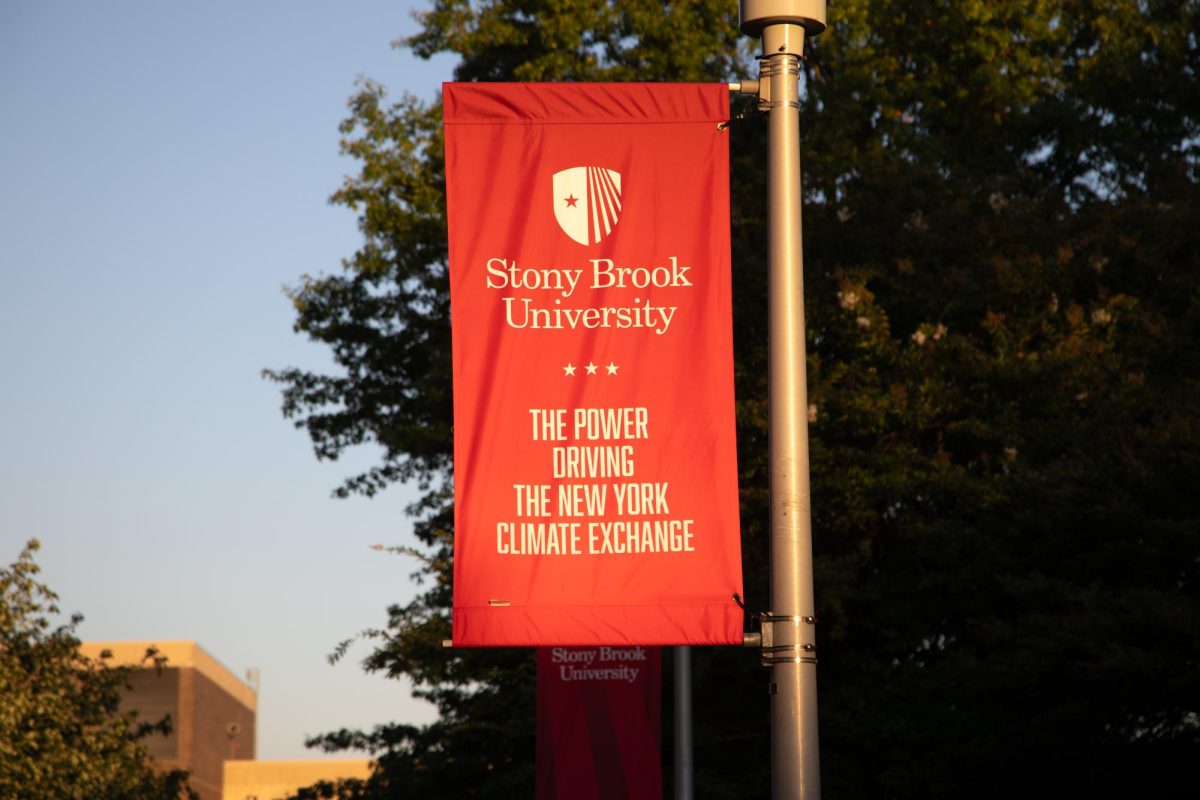
Although there are many concerns over how artificial intelligence (AI) will encroach on arts and creativity, there are some areas in which implementing AI can be beneficial, such as in the creation of environmentally-sustainable decisions in the fashion industry for both consumers and producers.
In the opening scene of the 1995 film “Clueless,” Cher Horowitz, played by Alicia Silverstone, uses her computer to match clothes from her wardrobe and virtually dress herself in the iconic yellow plaid suit. At that time, the novel idea of a computer program linked to Cher’s vast wardrobe catalog was a fun and gamified meld of fashion and technology.
Since then, several application developers have utilized AI technologies in developing this concept of a virtual closet. These AI-driven applications often allow you to upload pieces in your closet to keep track of what you own, suggest outfit combinations and provide data on how frequently you wore a certain garment. One of the more notable applications is ACloset, which aims to provide a smart tool for the future of fashion in the face of waste and overconsumption in the fashion industry.
Sewing and fashion YouTuber withwendy documented her experience of uploading images of her wardrobe to the app and the results after using it for six months. She came to the difficult truth that she only used 52% of her wardrobe. She cited style, color and fit as common reasons for not wearing certain items of clothing.
Other apps, such as Save Your Wardrobe or Pronti AI, have a similar approach with the ability to sell clothes, share fashion inspiration and request clothing repair services.
Users can analyze their data to identify preferred clothing styles, understand underused items and inform future shopping choices, which ultimately reduces overconsumption as withwendy does in her review. Most importantly, apps like these could help consumers maximize their wardrobes and think more consciously about their consumption habits.
Before clothing becomes accessible to consumers, significant waste is generated during production. According to Timo Rissanen, an associate professor of fashion and textiles at the University of Technology Sydney, approximately 15% of the total fabric used in modern fashion production is discarded. This waste can be in the form of swatches, damaged fabric, cutting textiles and overstock.
When creating clothing, a majority of the fashion industry uses the cut-and-sew method. The fabric is cut following a pattern or template, and then the individual pieces are sewed together. In the case of most contemporary fashion designs, this results in small or irregularly-shaped remnants that are often deemed unusable. Although these scraps can potentially be repurposed through downcycling — for instance, being made into insulation — it is ideal to optimize fabric usage during cutting to minimize waste as much as possible.
In turn, it could also reduce the amount of fabric ordered for production. Reverse Resources is a platform connecting suppliers and recycling partners to reduce textile waste and promote circularity in the fashion industry. According to a 2017 paper the platform published, “Due to expected production inefficiency, 3 to 10% extra fabric needs to be bought to cover unavoidable cutting scraps.” The overestimation of fabric usually results in the disposal of end-of-rolls waste, which is the excess fabric left on the rolls after the pattern pieces are cut.
AI can help arrange pattern pieces to enhance fabric cutting and accurately estimate the amount of fabric needed to prevent excess end-of-rolls waste.
Duc Hanh Garment JSC, a Vietnamese clothing manufacturer that produces for Polo Ralph Lauren, implemented the AI-based system IntelloCut in 2018 to improve efficiency and decrease waste in production. According to a case study by the provider of IntelloCut, Coats Digital, IntelloCut improved manufacturing efficiency by automating and optimizing processes. As a result, it reduced fabric waste by almost 2% after three years and provided more accurate fabric requirements to prevent excess ordering.
Although some of these percentages sound insignificant, they translate to substantial amounts when considering the 100 billion garments produced and 92 million tons of textile waste created yearly. Reverse Resources say that textile waste in clothing manufacturing is “systematically underestimated,” with accounts of some factories having leftover textile percentages as high as 47%. This often forgotten aspect of the fashion industry is further evidence of why change needs to occur.
While many efforts can be taken by consumers and producers, AI-driven apps and systems are a few examples of how AI can be a positive tool for consumers and producers to reduce clothing waste.





















